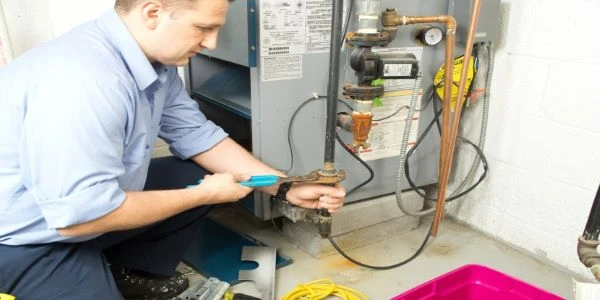What’s the Average Life of a Furnace? How to Extend It

A new furnace is a major household expense, so you want to make sure you’re caring for this essential appliance properly. With the right care, your furnace can last for 15 to 20 years. But poor maintenance can cut down this lifespan significantly. Many homeowners know they need to change their furnace filter periodically but aren’t aware of any other steps they should be taking. The good news is that once you understand what’s required, a little extra effort can go a long way. It will keep your furnace running safely and efficiently for as long as possible. Well-Maintained Furnace Lifespan Many households will use their furnace consistently for at least six months of the year. To keep the heating season, worry free, it’s important for you to keep your furnace well maintained throughout the year. To help your furnace last for 15 years or more, there are a few key steps you should take:
- Schedule a professional inspection and tune-up every fall.
- Clean or replace the filter at least every three months (preferably once a month during the winter).
- Check the main ducts near your furnace for air leaks and seal them with foil tape.
- Install a programmable thermostat to maximize efficiency. Energy savings of up to 15% can be realized with a smart thermostat.
- Check the intake and exhaust pipes (located outside your home) regularly to make sure they’re not clogged with ice, snow, leaves, or other debris.
- Vacuum dust and debris from inside of floor registers and returns once a year.
Related Topic: Why Is a Furnace Heat Sensor Important?
Poorly Maintained Furnace Lifespan If your furnace maintenance only consists of changing the filter, this will cause the unit to become problematic and fail long before its expected lifespan. Aside from the expense of installing a new furnace years earlier than necessary, there are other consequences of not taking proper care of your furnace. These include:- Poor air quality caused by a buildup of dust and debris, which is particularly bad for family members with allergies.
- Accumulated dust on the blower, which may cause the motor to work harder and hotter resulting in premature failure.
- Increased utility bills when your furnace operates less efficiently.
- Potentially dangerous levels of carbon monoxide.
- Complete breakdown, which is an inconvenience at the best of times and a serious situation if it happens when it’s -30 degrees Celsius outside.
 Click to call
Click to call


